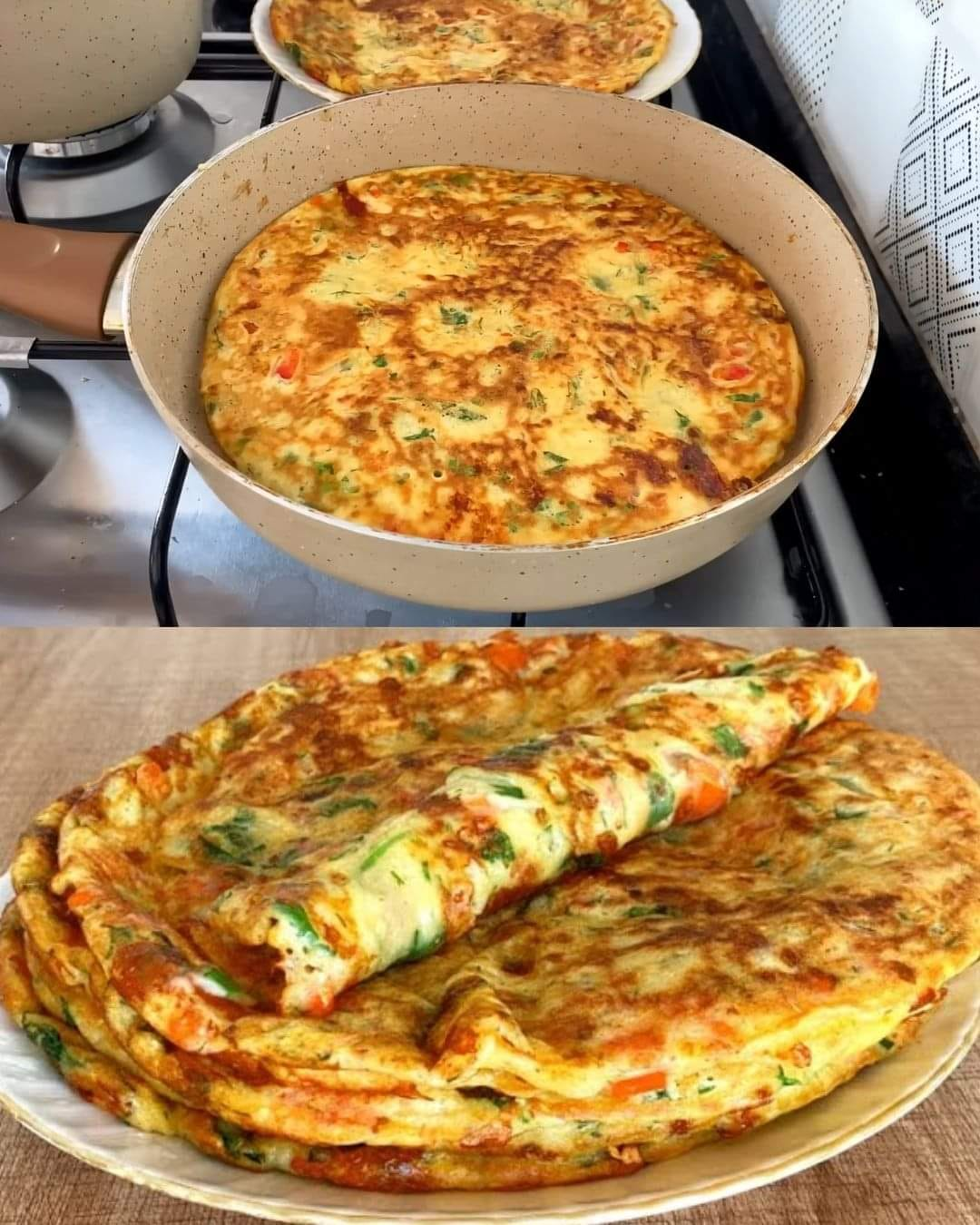ADVERTISEMENT
1. Prepare the Batter:
In a large mixing bowl, combine the dry yeast, sugar, and warm water (about 35-40°C or 95-105°F). Stir well to activate the yeast. Let the mixture sit for 5-10 minutes until it becomes frothy, indicating that the yeast is active.
In a separate bowl, whisk together the eggs, milk, and salt. Gradually add this mixture to the yeast mixture, stirring continuously.
Repeat the process with the remaining batter, adding more oil or butter to the skillet as needed.
5. Serve:
Once all the pancakes are cooked, serve them hot. They can be enjoyed on their own or with a side of sour cream, salsa, or a dipping sauce of your choice.
Cooking Tips:
Resting the Batter: Letting the batter rest for 10-15 minutes after adding the yeast and flour helps to develop the flavor and makes the pancakes lighter and fluffier.
Draining the Potatoes: Grating the potatoes and removing excess moisture is crucial to prevent the batter from becoming too watery. You can do this by wrapping the grated potatoes in a clean kitchen towel and squeezing out the liquid.
Cheese Selection: Feel free to use any hard cheese that melts well, such as cheddar, gouda, or mozzarella. Avoid processed cheese, as it won’t give the same texture or flavor.
Customizing the Vegetables: This recipe is versatile, so you can easily swap the vegetables for other favorites like zucchini, spinach, or onions. You can also add herbs like parsley or dill for extra flavor.
Storage:
Refrigeration: Leftover pancakes can be stored in an airtight container in the refrigerator for up to 3 days. Reheat them in a skillet or microwave before serving.
Freezing: These pancakes can also be frozen for up to 1 month. Allow them to cool completely, then place a sheet of parchment paper between each pancake to prevent sticking. Store them in a freezer-safe bag. To reheat, thaw in the refrigerator overnight and warm them in a skillet or oven.
Nutritional Facts (per serving):
Calories: 350 kcal
Fat: 14 g
Carbohydrates: 40 g
Protein: 14 g
Fiber: 4 g
Sodium: 500 mg
Please note that these values are approximate and depend on portion sizes and the specific ingredients used.
FAQs:
1. Can I make the batter ahead of time?
Yes, you can prepare the batter up to 24 hours in advance. Store it in the refrigerator and stir it well before cooking the pancakes.
2. Can I use different types of vegetables?
Absolutely! This recipe is highly versatile, and you can easily add or swap vegetables based on your preferences. Zucchini, spinach, or grated carrots work well in this recipe.
3. How do I keep the pancakes from getting soggy?
Make sure to cook the pancakes over medium heat and don’t overcrowd the skillet. This will ensure that they cook evenly and become golden brown without getting soggy. Additionally, draining the grated potatoes well will help prevent excess moisture.
4. Can I make this recipe gluten-free?
Yes, you can substitute the all-purpose flour with a gluten-free flour blend. Just ensure that the flour mix contains a binding agent like xanthan gum for the best results.
5. Can I use other types of cheese?
Yes, you can experiment with different types of cheese, but it’s best to stick to hard cheeses that melt well. Cheddar, gouda, and mozzarella are excellent choices.
Conclusion:
These Savory Cheese and Vegetable Pancakes are a flavorful, satisfying dish that’s perfect for any time of the day. With their combination of fresh vegetables, cheese, and a light pancake batter, they offer a hearty, nutritious meal that’s both comforting and delicious.
Serve them hot with your favorite sauce, and enjoy a delicious, easy-to-make meal that’s both wholesome and flavorful.
